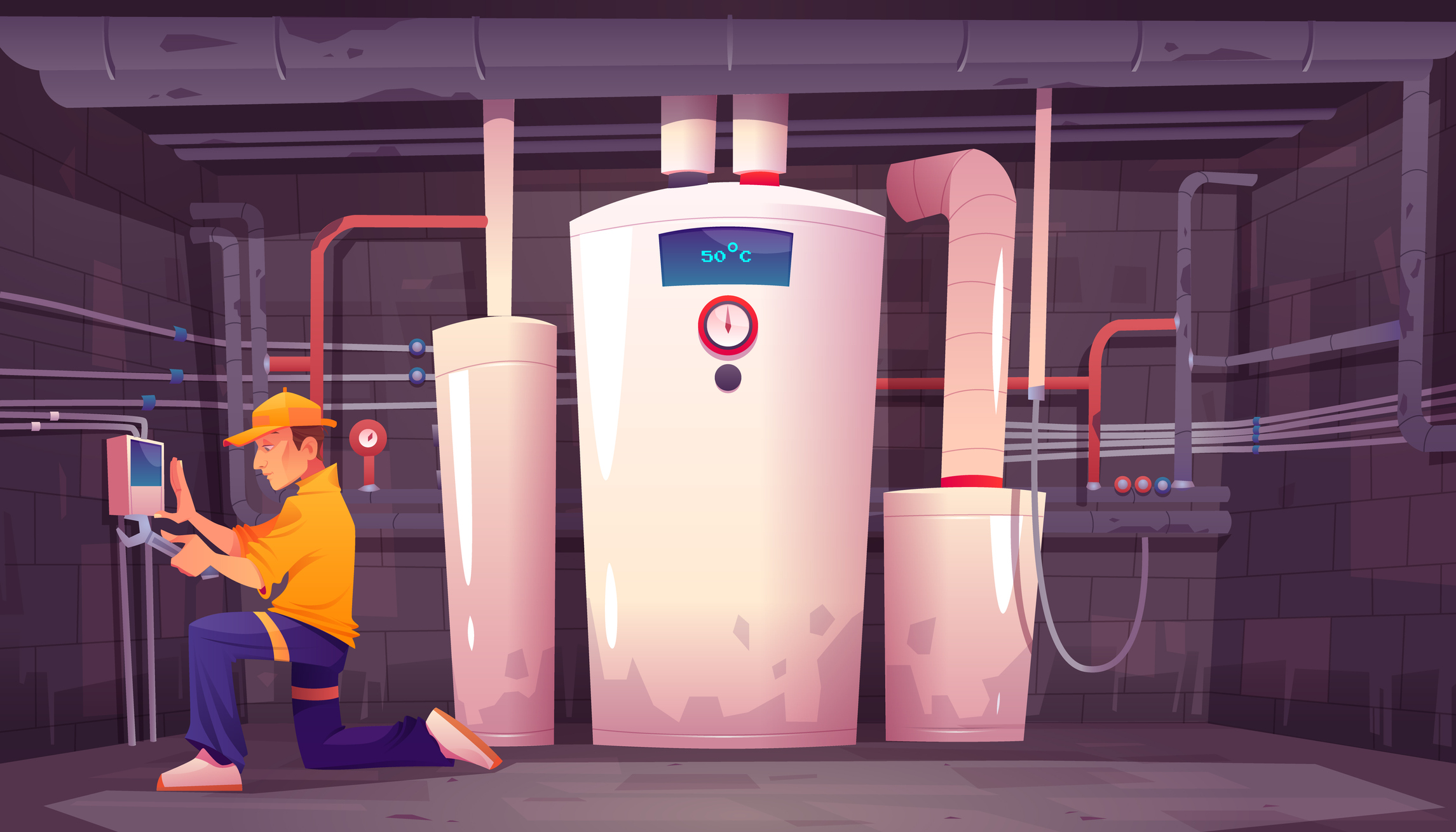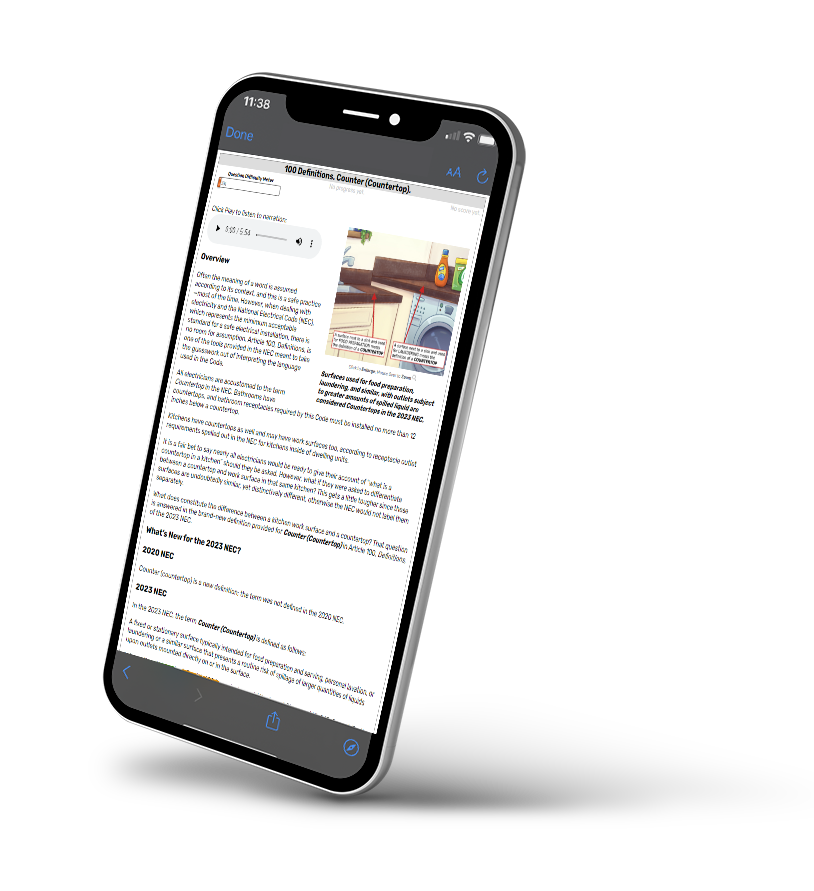Your Boiler’s Summer Vacation: Not All Fun and Games

By: Gary B. Xavier | Jul 26, 2022
As the weather warms in the northern climates, boilers used to heat commercial buildings are typically turned off for the summer season. It’s simple to just flip the switch to ‘off’ and walk out of the boiler room, and not return for a couple of months. But that is exactly the wrong thing to do!
Although most governmental jurisdictions, and many insurance companies, do not require annual inspections on low-pressure steam and hot water heating boilers, all boilers need to be checked during the summer shutdown. Preventive maintenance is always a good idea, especially on an out-of-service boiler. The summer shut-down is the perfect time to make sure that everything is working properly before the boiler takes its break.
The boiler’s summer vacation should be carefully planned and implemented to prevent damage from corrosion in both the fireside and the waterside. Proper summer layup, as it is called when a boiler is idled, will help ensure reliability and longevity when the boiler is returned to service in the cooler months. Layup can be either ‘wet’ or ‘dry.’ The dry layup is generally recommended for longer idle periods than just the summer, while the wet layup is recommended for periods shorter than one year. Either method is acceptable for the summer idle period, though the wet layup is easier to implement.
Boiler Fireside
If the boiler burns natural or LP gas, the fireside surfaces most likely need little cleaning. Oil-fired burners, on the other hand, will typically have soot deposits on the boiler heating surfaces.
A boiler’s heating surface is the metal of the boiler that has fire on one side – and needs water on the other side – and any deposits on the heating surface will cause a loss of heat transfer, as soot is an insulator. Soot is most easily removed when warm, so the boiler burner can be run for a short time before shut down and opening of the fireside.
When the surfaces are cool enough to touch (less than 120°F or 49°C) the deposits can be cleaned from the heating surfaces. The cleaning method will vary based on the boiler design – firetube, watertube, and sectional boilers have very different heat transfer surfaces – and all may require substantial cleaning. The boiler and burner manufacturer’s recommendations and guidelines should always be followed.
Boiler Waterside
Depending on the boiler type and whether it is a steam or water boiler, the waterside may need little or even no attention for the wet layup. The wet layup is designed to minimize the effects of air in the boiler and boiler water as the boiler sits idle, as air contains oxygen, one of the necessary components for corrosion to occur.
Water boilers (hot water systems) are typically treated with scale and corrosion inhibiting chemicals such as sodium nitrite or sodium molybdate. These chemicals, in conjunction with their other ingredients, provide a light chemical film on the boiler metal, reducing the corrosion rate to an acceptable level.
If the water boiler is not scheduled for an internal inspection and the water chemistry has been at the recommended level throughout the heating season, it may be practical to just add a small amount of additional inhibitor and circulate it through the boiler, or throughout the entire system if necessary. If there have been periods during the heating season when the chemical levels were not sufficient to provide complete protection, it’s recommended to isolate and drain the boiler so it can be opened for a visual inspection prior to layup.
Once that inspection is satisfactorily completed, the boiler can be refilled with water and the appropriate level of chemical corrosion inhibitor. If the boiler has been isolated from the system, air should be vented as the boiler is refilled. Use the boiler’s air vent for this purpose, and NEVER try to vent air through a safety or relief valve.
Steam boilers, by most recommendations, should be opened annually for a waterside inspection. The boiler can be warmed by running the burner for a short period of time before cooling and cleaning the fireside, and once the waterside temperature has dropped to 120°F or 49°C or below, the waterside can be safely drained.
The boiler waterside surfaces can then be examined for deposits of scale or areas of corrosion that need to be addressed. A thorough cleaning to remove scale, sludge, or sediment may be necessary, and if chemical cleaning is required, all manufacturer’s guidelines should be strictly followed. If no chemical cleaning is required, washing the surfaces with high pressure water may suffice.
Once the inspection has deemed the boiler to be clean and in no need of further attention, the boiler should be refilled with make-up water containing a slightly higher than normal chemical dosage. Depending on the chemical treatment program currently in use, the scale and corrosion inhibitors may be phosphates, organics, or filming agents and conditioners, along with oxygen scavengers such as sodium sulfite. The water treatment provider should be consulted to provide appropriate guidelines, which will vary based on the boiler type and the boiler manufacturer’s recommendations.
When refilling the boiler, vent air through the boiler’s air vent, or if one is not installed, remove a pipe plug from the upper cross tee to vent the air. NEVER vent air through a safety valve!
The boiler should be filled to the top, which is substantially higher than the Normal Operating Water Level (NOWL). At the end of the summer layup, the boiler can simply be drained to the NOWL and put back into service.
Following a proper summer layup procedure will minimize corrosion on the boiler’s waterside, and the fireside cleaning is accomplished much easier at the end of the heating season, rather than waiting for the beginning of the next heating season.
Plan accordingly and implement your boiler’s ‘summer vacation’ to increase reliability, efficiency, and longevity of your boiler and heating system.

